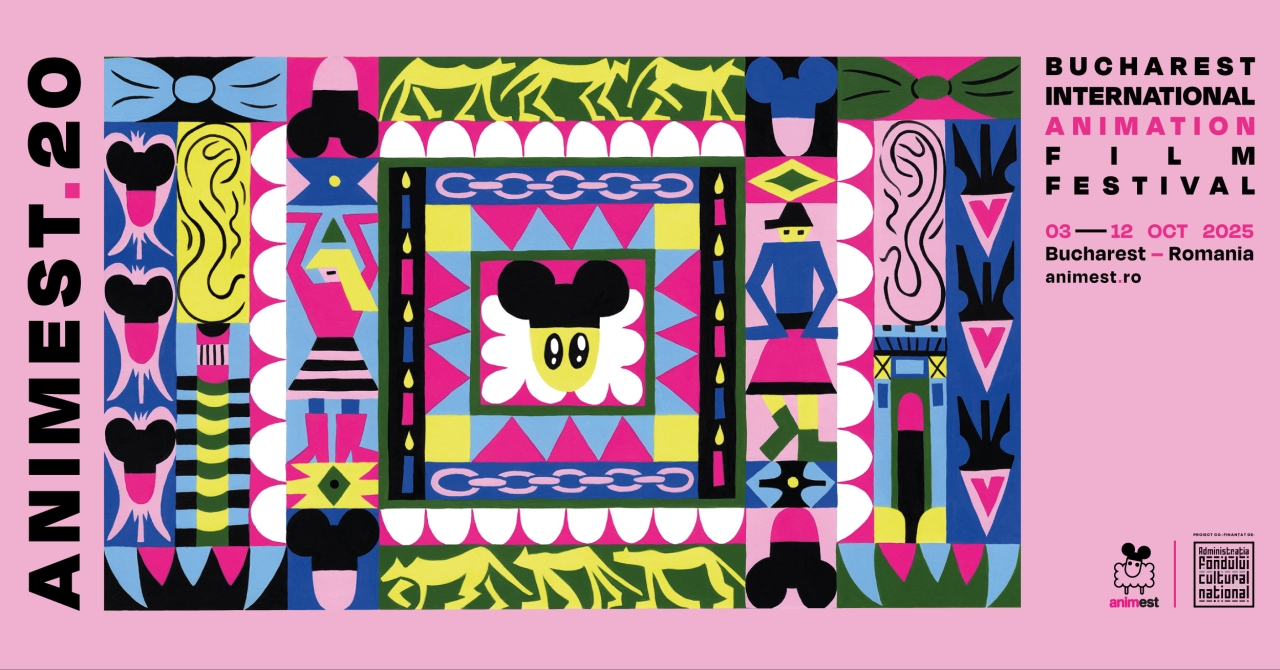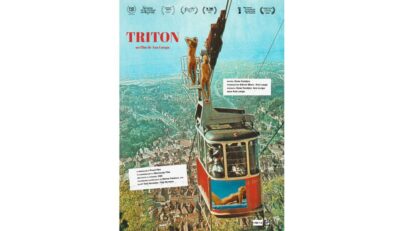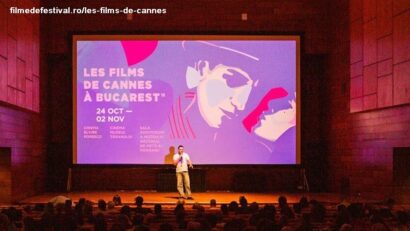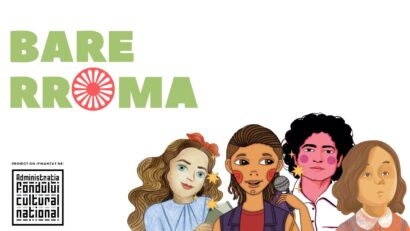Animest 20
At the anniversary edition of the Animest International Film Festival, animation lovers were invited to delve into the dark and mesmerizing art of the Quay brothers, the visionaries who redefined stop-motion animation

Corina Sabău, 18.10.2025, 12:20
At the anniversary edition of the Animest International Film Festival, animation lovers were invited to delve into the dark and mesmerizing art of the Quay brothers, the visionaries who redefined stop-motion animation. Stephen and Timothy Quay, some of the most influential and visionary directors in the history of animation, internationally renowned for their surreal and dark style, were special guests at the 20th edition of the Animest International Animation Film Festival, hosted by Bucharest in early October. The Romanian Competition at this year’s Animest brought to the fore a selection of 15 short films, reflecting the creativity of local directors.
From intimate portraits and explorations of identity to forays into surreal worlds and personal histories, the films tackle universal themes, with animation becoming a medium for expressing inner struggles, social criticism, or reflections on Romania’s recent history. This stylistic and narrative variety highlights the evolution of Romanian animated film, demonstrating filmmakers’ ability to use complex genres, techniques, and subjects. “Travel through 89 animated stories from around the world in the Animest 20 international competition.” That was the organizers’ invitation, who deliberately chose Travel as the theme for this anniversary edition. Mihai Mitrică, co-founder of Animest and artistic director of the festival told us:
“That’s right, the theme of the 20th edition is not random. For us, as organizers, it has been and continues to be a journey. In 2006, it came to fruition for the first time, in a first edition, which for us was spectacular in terms of the number of spectators who came to a fairly niche festival, as animation is not a very popular genre. This year marks 20 years of celebrating this genre of the film industry, namely animated film. And we are happy that in these 20 years we have somehow managed to educate the public a little and convince them that animated films are not just for children, as was said before we started Animest. I remember that in the first editions we had at most two or three Romanian films in the program. I am referring to new, contemporary productions, not archive ones, because there was this studio, Anima Film, which produced quite a lot. What’s more, we also had animation for export, series, and author films. Unfortunately, with the death of the famous filmmaker Ion Popescu-Gopo, the studio began to decline and collapsed in the 1990s. That was ground zero, so to speak, from which we started all over again. But lately, we are happy that UNATC – the National University of Theatre and Cinematography “I.L. Caragiale” in Bucharest has established a separate animation department, and there are many young talents arising. There are also more and more productions supported by the National Center for Cinematography, and all of this somehow justifies this optimism that has been around for years. Returning briefly to the Romanian competition, this year we received a record number of approximately 70 short films from all over the country. This is all the more encouraging as they are not only films by animation graduates from Bucharest or Cluj. So we have reasons to be optimistic, and things can get even better.”
Now a tradition, Animest’s annual retrospective dedicated to countries with a strong presence on the international animation film scene brought South Korean cinema to the fore at its 20th edition. During the Animest 20 anniversary edition, the audience had the opportunity to travel through 26 stories, organized into three programs of Korean short films: a selection dedicated to children, I Can Do It, and a retrospective of contemporary Korean animation in two parts: History of History and Space in Space. Mihai Mitrică told us before the festival:
“As regards the festival program and the other new films we are bringing this year, we chose Little Amelie or the Character of Rain for the festival opening. It is a film about the childhood of Belgian writer Amélie Nothomb, which she spent in Japan. The film also won the Audience Award at the Annecy International Animation Festival, and we are premiering it with the help of Independența Film. We are also keeping all our special Trippy Animation Night events. This section is curated by our friend from the Netherlands, Michael Helmerhost, who has prepared a series of extravagant night screenings. We also have Animusic Night, a night of animated music videos, a night with lots of music. Creepy Animation Night and Erotica will also be there, a special program designed later, which is again curated by an artist and dear friend of ours from Slovakia, Jakub Spevák, artistic director of Fest Anča—the largest event in Slovakia dedicated to animated film. But what I want to say is that this edition is not about the number of films, about how many guests we have, but rather it offers us a chance to reconnect with all the people who have worked for the festival and with our audience, who have been with us for 20 years and whom we warmly welcome back to this anniversary edition.”
Starting this year, the Minimest section has expanded beyond the duration of the festival through a series of initiatives aimed at bringing animation closer to children. These include the Minimest Club, a space dedicated to children, where they have the opportunity to participate in special activities and explore the fascinating world of animation. (MI)






























